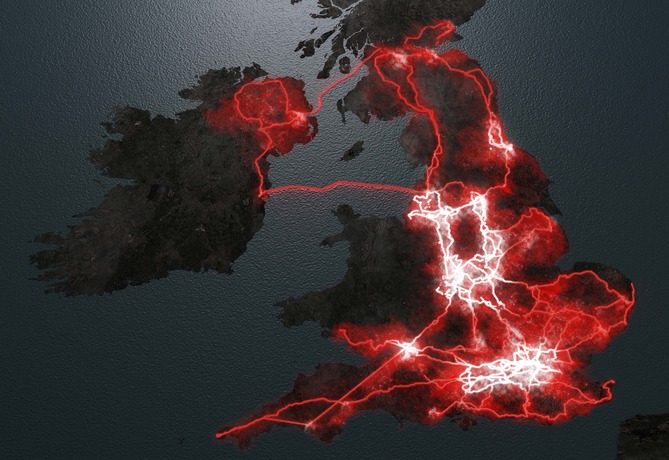Government Reaches 95 Percent Superfast Broadband Coverage Target

Government wants to extend coverage and boost speeds after meeting 2017 superfast broadband target
The government claims that 95 percent of the UK population can now access superfast broadband with speeds of 24Mbps or faster – meeting its target of doing so before the end of 2017.
Citing figures from thinkbroadband.com, the Department for Digital, Culture, Media and Sport (DCMS) said 19 in 20 premises across the UK now had access, boosting speeds and closing the digital divide.
More than 27 million homes and businesses are now covered thanks to a combination of commercial rollouts and government-assisted programmes like Broadband Delivery UK (BDUK).
![]()
UK broadband
Under BDUK, any central government funding received must be matched by the local authority, while BT, which has won nearly all of the cash available, has also invested significant amounts. In total, more than 4.55 million properties were connected.
However there are plans to go further. Population coverage could reach 97 percent by the end of the decade as local authorities reinvest money returned by BT, which often refunds councils if adoption exceeds the figure quoted in its business case.
So far, BT has set aside £477 million, while project efficiency savings of £210 million create a combined pot of £687 million.
The government also wants to introduce a universal service obligation (USO) that would give anyone in the UK the legal right to demand at least 10Mbps.
“We’ve delivered on our commitment to reach 95% of homes and businesses in the UK, but there’s still more to do in our work building a Britain that’s fit for the future,” said Culture Secretary Matt Hancock. “We’re reaching thousands more premises every single week, and the next commitment is to making affordable, reliable, high speed broadband a legal right to everyone by 2020.”
Openreach CEO Clive Selley has outlined his firm’s support to extend coverage even further and its commitment to deliver the USO.
“We’ll be working with the industry including other network operators, Government and Ofcom to deliver this crucial policy pledge,” he said. “In the meantime, we’ll be continuing to expand our network into rural areas through a combination of our own commercial programmes and our partnerships with local authorities and communities.”
BDUK was criticised for handing out most of the money available to BT Openreach and for its use of fibre to the cabinet (FTTC) technology instead of fibre to the premise (FTTP), which can deliver vastly superior speeds.
However, BT and Openreach now plan to rollout ‘ultrafast’ broadband powered by a combination o FTTP and G.Fast to 10 million homes and premises by the end of the decade.
“We want to build a future-proof, large-scale full fibre network that will reinforce Britain’s position as a leading digital economy in the world and over the last few months we’ve been working closely with Ofcom, the government and industry to explore how we can do that in an effective and affordable way. We look forward to publishing a more specific set of proposals for FTTP soon,” added Selley.
“It’s important to remember the 95 per cent target is not the end game,” commented Andrew Ferguson, editor of thinkbroadband.com. “Extensions and additional phases to many of the projects are underway or in the planning stages to ensure the Government’s aim of hitting 97-98 per cent superfast coverage in 2019 becomes a reality.
“How close the roll-outs from all the providers push the UK towards that goal will have a big influence on how the Universal Service Obligation will operate and the scale of the task ahead.”
Do you know the history of BT? Try our quiz!